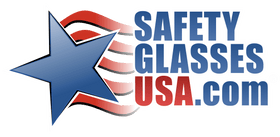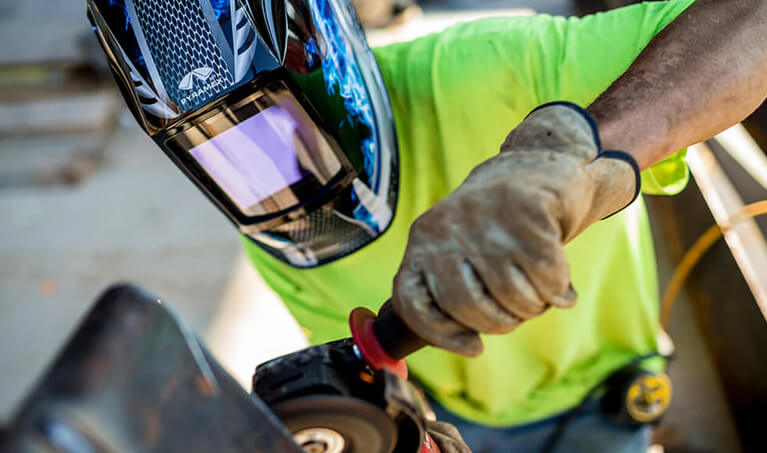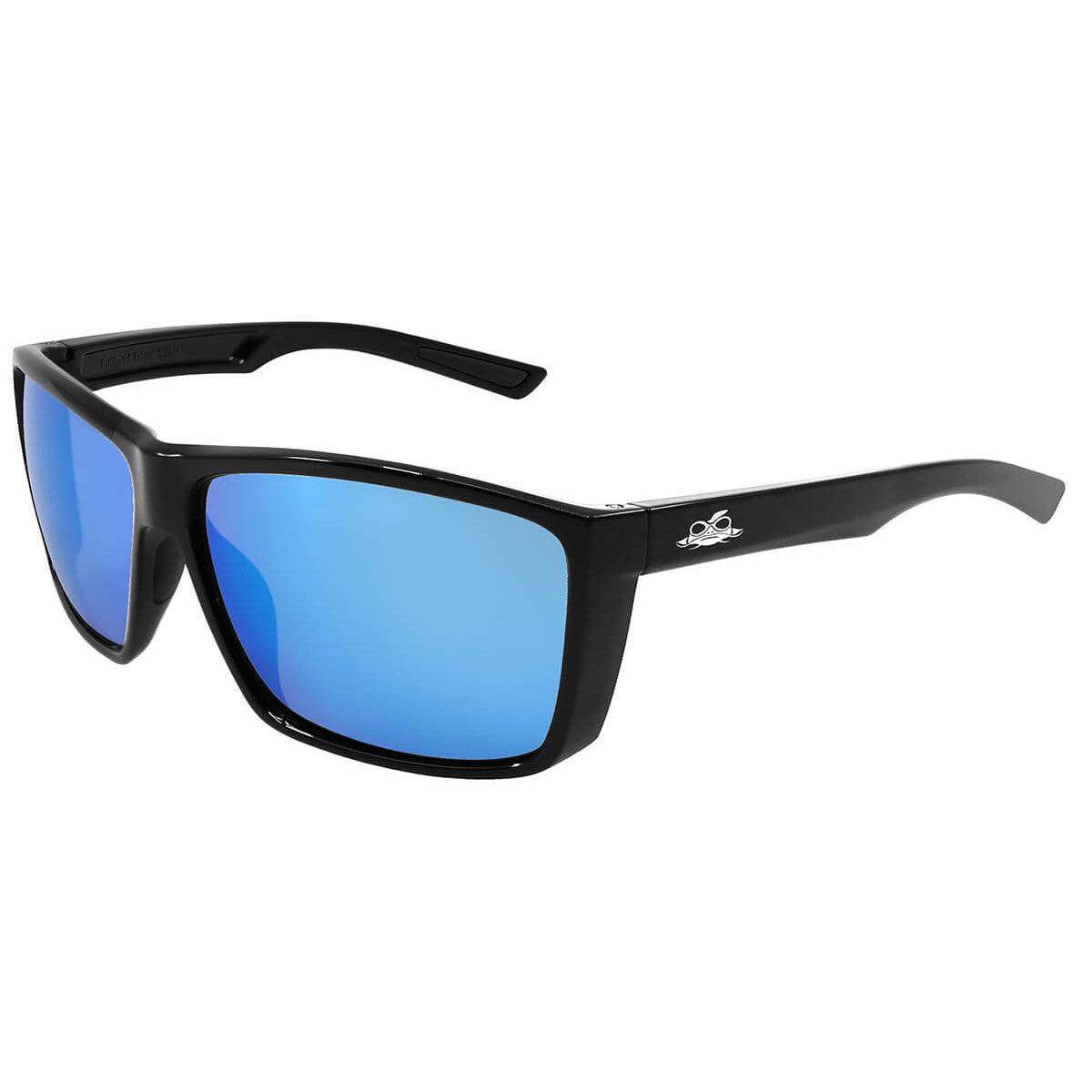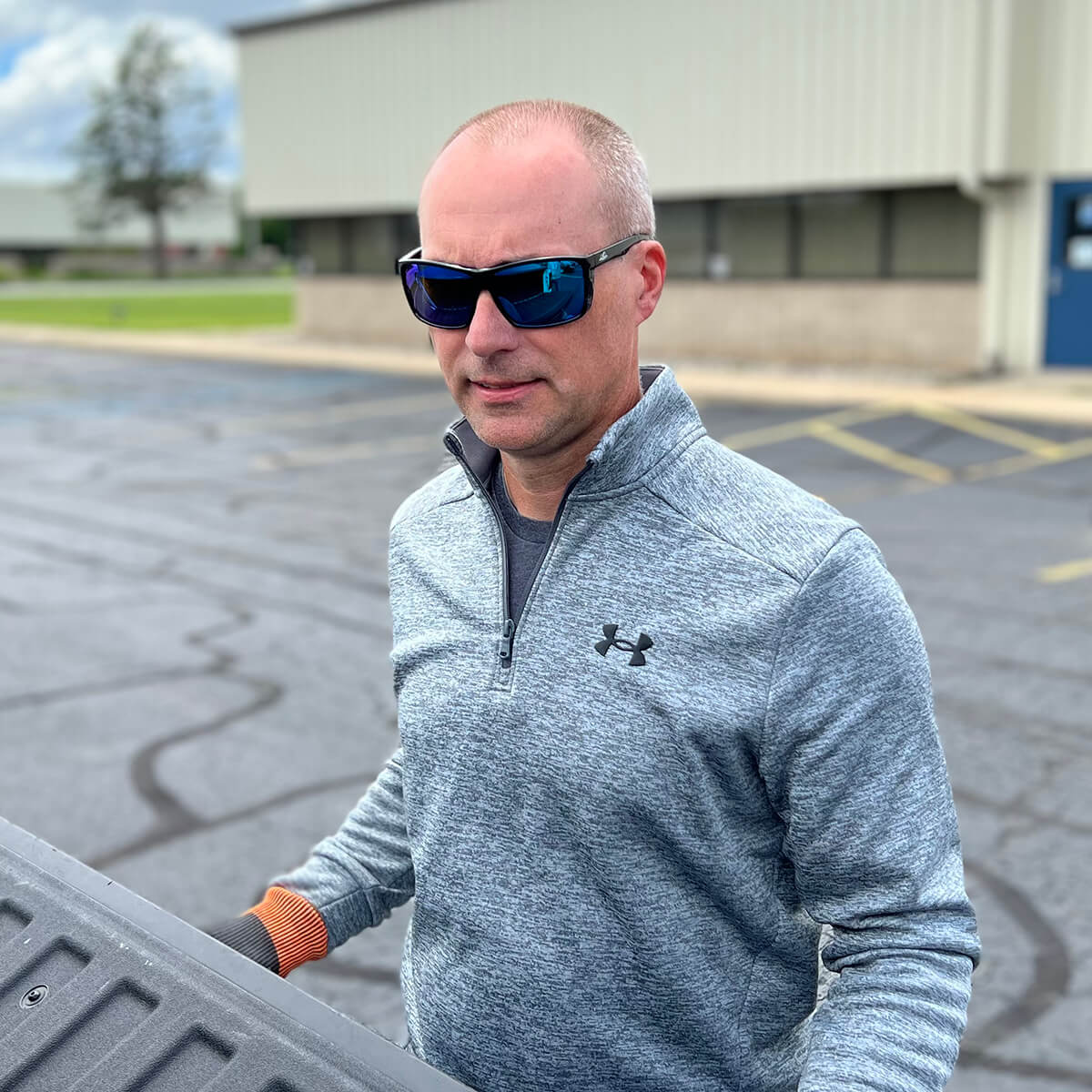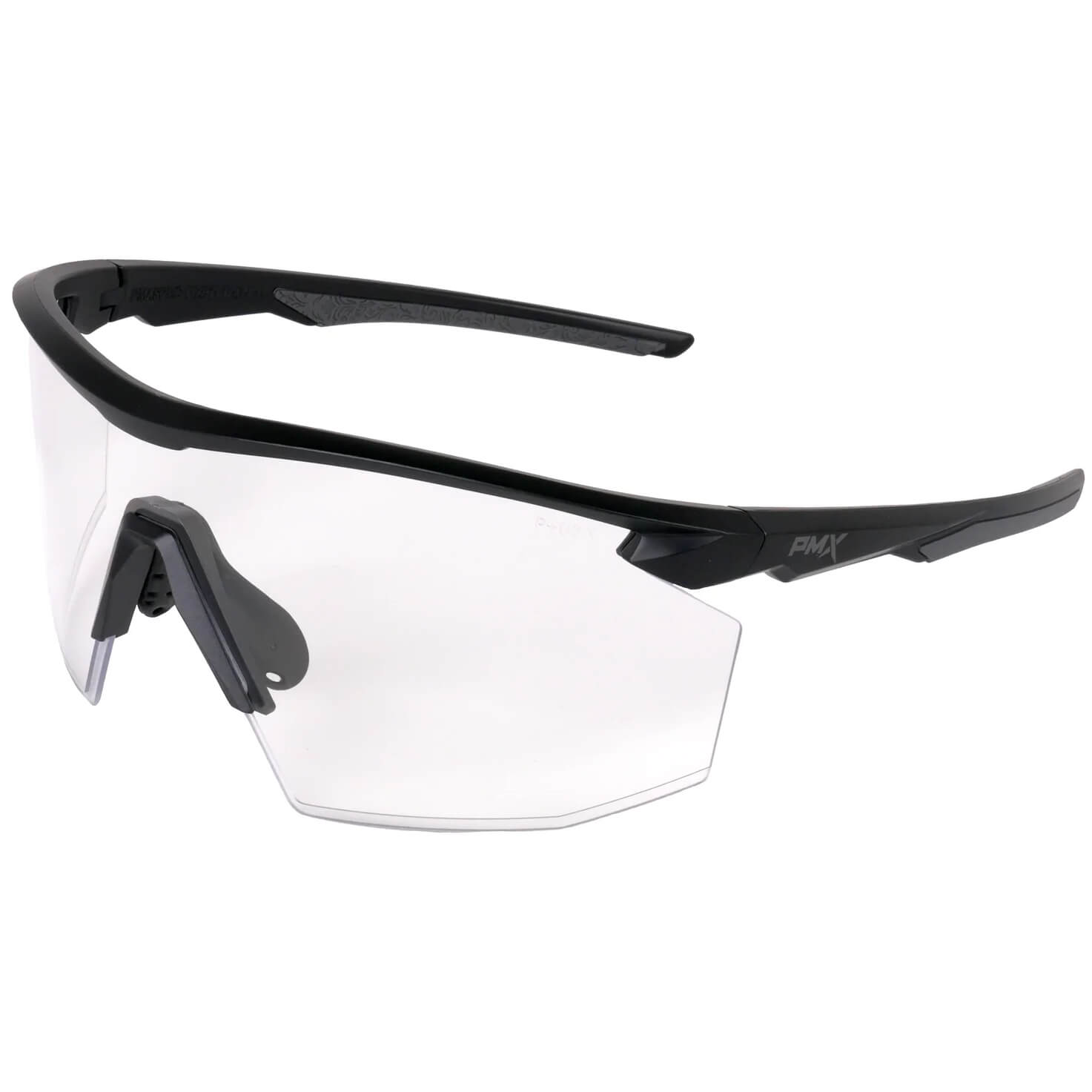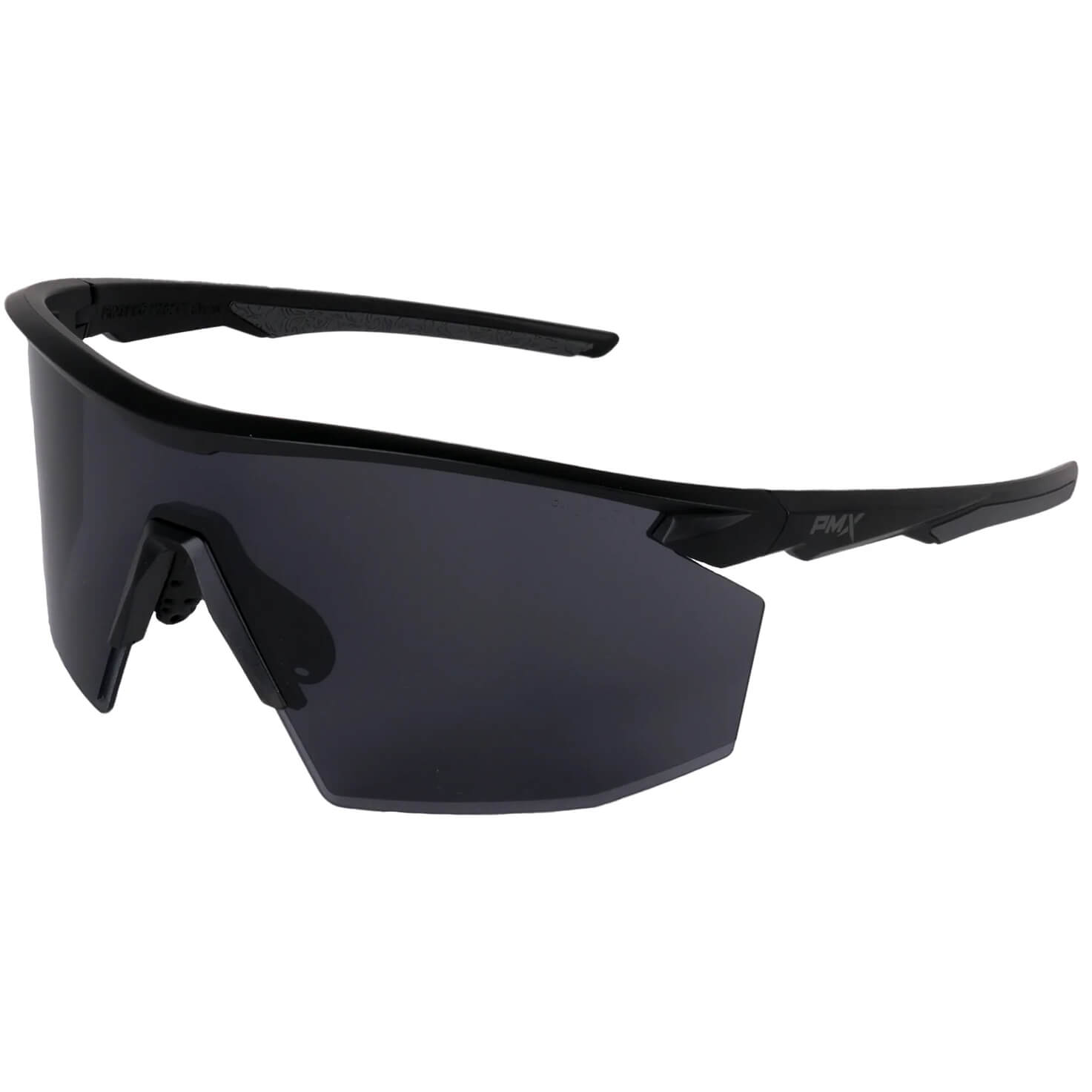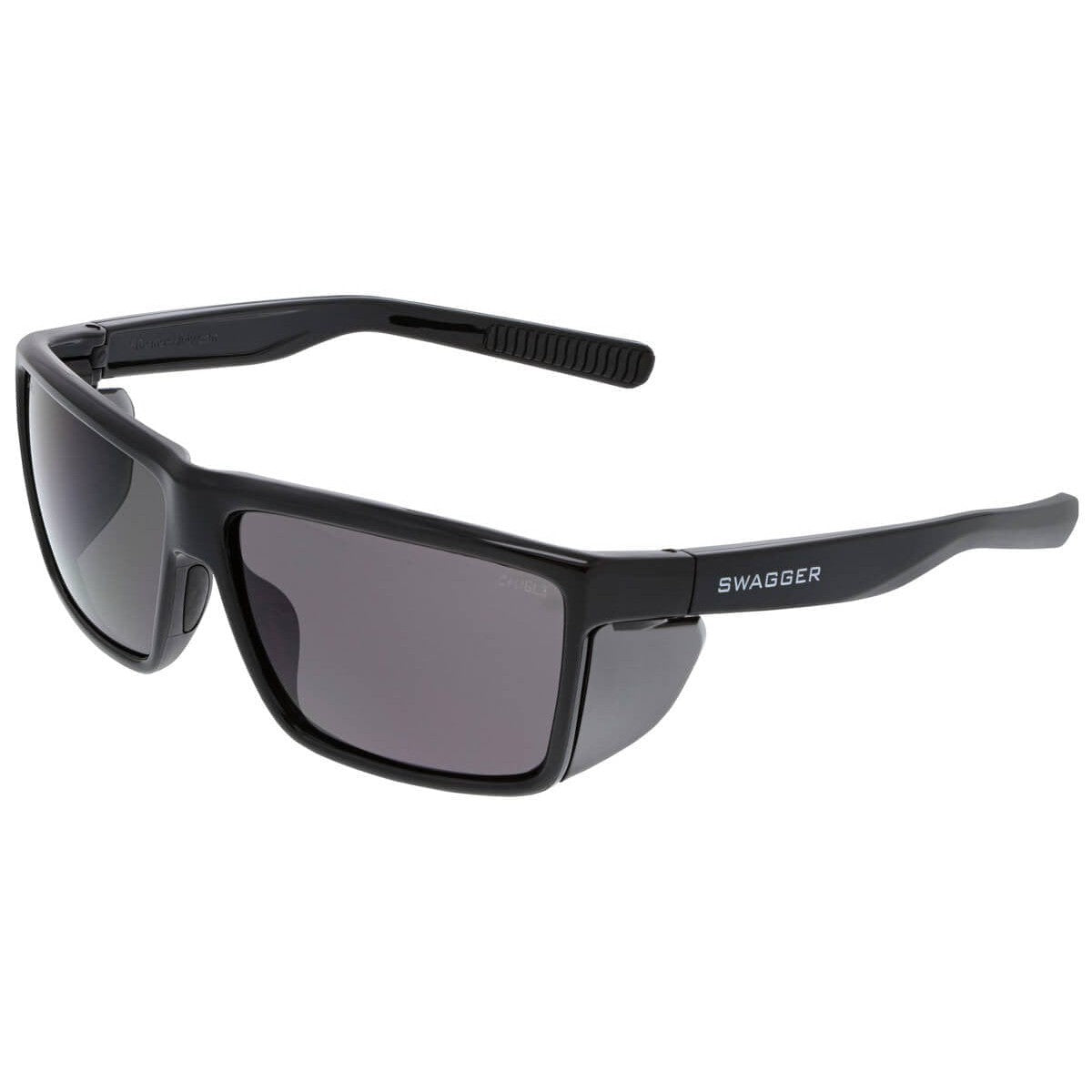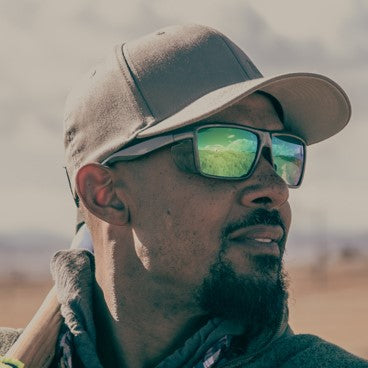Welding Requires the Right Safety Equipment
Welding is a serious task and should not be taken lightly, especially regarding safety standards. Therefore, ensuring your protective wear meets the necessary safety standards is critical in employing proper safety procedures.
Essential safety equipment for welders includes respirators to protect against fumes and oxides and fire/flame resistant clothing and aprons to protect against heat and burns. Earmuffs protect against noise and stray sparks, and boots and gloves protect against electric shock, heat, and burns. However, a welder's most essential safety equipment is their eye and face protection.
Welding equipment for eye and face safety includes welding helmets, goggles, and leather gear that help protect welders from radiation, hot slag and sparks, intense light, irritation, and chemical burns. Choosing the appropriate lens shade is crucial for welders.
Lens Shade for Welders
Wearing the correct lens shade when welding is essential because doing so protects the eyes against photokeratitis, a painful condition somewhat like a sunburn to the cornea caused by electromagnetic energy from an arc or flame. This radiant energy, also known as light radiation, can severely and permanently injure a worker's eyes.
Eye protection for welders must have filtered lenses with a shade number that provides the necessary protection for the job. The shade number tells how much light radiation is allowed to pass through the lens and into the eyes. The higher the number, the darker the filter and the less light radiation.
Shades come numbered as high as 14, and the shade necessary depends on the specific task being performed. For example, shielded metal arc welding requires at least a Shade 7 and up to a Shade 14, depending on the electrode size and arc current. A Shade 3 up to a Shade 8 is required for gas welding and oxygen cutting operations, depending on plate thickness. Lower shades are used for tasks like torch brazing and torch soldering.
Examples of Welding goggles designed for gas welding and oxygen cutting applications include:
- Pyramex V2 Goggles with Shade 5 Welding Lenses
- MCR 28550 Welding Goggle with Shade 5 Welding Lenses
Examples of Welding safety glasses primarily used for torch soldering, brazing, and cutting include:
- Bouton Traditional Safety Glasses with Shade 3 IR Lens
- KleenGuard Nemesis Safety Glasses with Shade 5 Welding Lens
Some workers prefer to combine eyewear to reach the necessary shade. This is accomplished by adding the shade numbers of both glasses to obtain the desired level of protection. For example, if safety glasses such as the Jackson Hellraiser Safety Glasses with Shade 3 lenses are worn under a full face shield with Shield 5 Welding Lens, the total level of protection is a Shade 8.
An additional consideration when choosing a lens shade involves the need for versatility. For example, when moving from one location or task to another, many workers need the ease of flipping from one lens type to another to ensure compliance with safety standards.
If unsure of the shade level needed for a particular task, use this rule of thumb provided by OSHA on its Eye Protection against Radiant Energy during Welding and Cutting in Shipyard Employment Fact Sheet.
"Start with a shade that is too dark to see the weld zone. Then, go to a lighter shade, which gives a sufficient view of the weld zone without going below the minimum."
This fact sheet also provides a detailed list of the shade recommendations by welding type, so it's a valuable resource to keep on hand when determining the appropriate shade level when welding.
